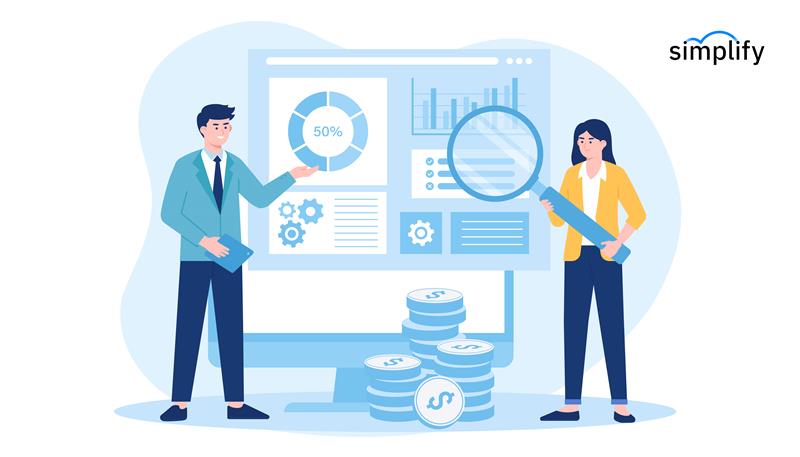
In today’s rapidly evolving business ecosystem, organizations rely heavily on a network of external vendors and suppliers to deliver products, services, and expertise. Managing these relationships manually can quickly become complex, time-consuming, and error prone. That’s where Vendor Management Software (VMS) steps in—a powerful solution that simplifies and automates every stage of the vendor lifecycle.
What Is Vendor Management Software?
Vendor Management Software is a digital platform designed to streamline how businesses source, onboard, manage, and evaluate vendors. It centralizes vendor data, improves communication, ensures compliance, and offers full visibility into vendor performance and spending. Whether managing a handful of vendors or a global supply chain, a VMS offers the structure needed for scalable growth.
Key Stages in the Vendor Management Process
A strong vendor management process consists of several critical stages:
-
Vendor Identification & Selection
Evaluate vendors based on experience, cost, quality, and risk factors to find the right fit. -
Onboarding & Contracting
Collect documentation, negotiate terms, and ensure legal compliance—all streamlined through automation. -
Performance Monitoring
Track KPIs, delivery timelines, and quality standards to ensure vendors meet expectations. -
Compliance & Risk Management
Maintain vendor certifications, audit histories, and legal documents to reduce compliance risks. -
Ongoing Communication & Relationship Building
Encourage transparency and real-time updates to strengthen long-term partnerships. -
Offboarding
Ensure a structured exit strategy to protect data and maintain professionalism when needed onboarding processes are slow and error-prone.
Onboarding automation accelerates the process by digitizing document collection, approvals, background checks, and profile setups. This leads to:
-
Faster vendor activation
-
Reduced manual workload for procurement teams
-
Fewer compliance risks and missed documents
-
Improved vendor satisfaction and professionalism
Automated workflows ensure no steps are skipped, deadlines are met, and vendors are up and running faster—without compromising compliance or quality.
Why Vendor Management Software Is a Business Essential
Investing in a VMS is no longer optional—it’s a competitive advantage. Here’s why:
-
Cost Control: Track vendor costs and prevent budget overruns
-
Compliance: Ensure every vendor meets legal and regulatory standards
-
Scalability: Manage multiple vendors across departments or locations seamlessly
-
Data Insights: Gain real-time data to inform better decision-making
Conclusion
As businesses become increasingly reliant on third-party vendors, the need for efficient, scalable, and secure management solutions grows. By adopting Vendor Management Software and leveraging onboarding automation, companies can transform their vendor relationships into strategic partnerships that drive growth, ensure compliance, and reduce operational risk.
Whether you’re managing a few vendors or a large global network, investing in a robust VMS will future-proof your operations and keep your business ahead of the curve.







